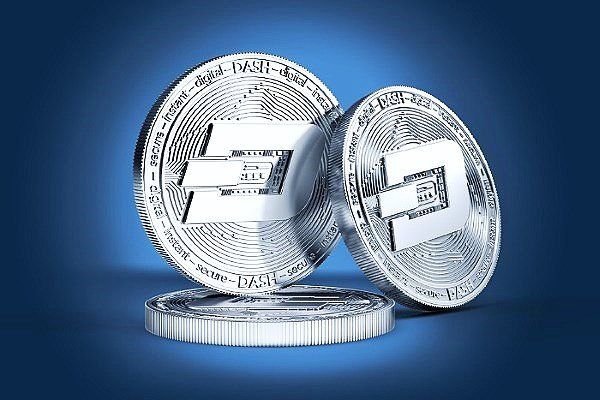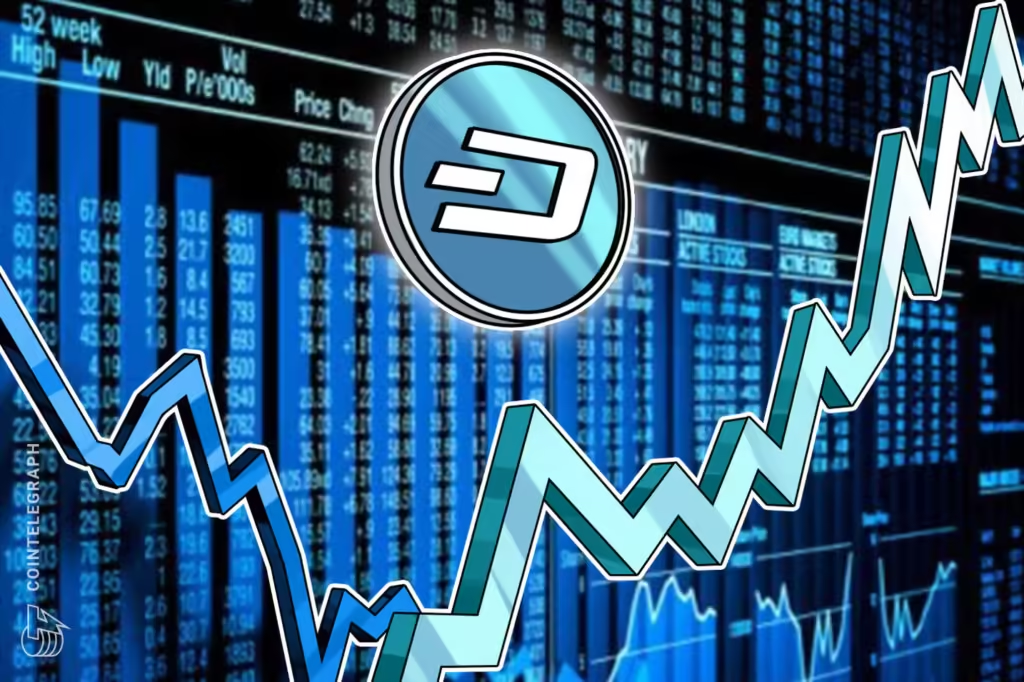Dash (DASH 0.55%) is a digital currency that offers fast and cheap payments anywhere in the world. It aims to provide usability and privacy equivalent to cash.

Software developer Evan Duffield launched Dash on January 18, 2014 under the original name XCoin, which was later changed to Darkcoin. On March 25, 2015, it underwent another rebranding to Dash, driven by its goal of becoming “digital money.”
Many cryptocurrencies are rarely, if ever, used for transactions, but Dash has created a scalable digital payment system.
What makes Dash unique?
The most unique aspect of Dash is the masternode system. A masternode is a special server with a complete copy of the Dash blockchain. Users with at least 1,000 Dash can operate masternodes that support some Dash features.
These features include InstantSend, which allows transactions to be fully confirmed in two seconds, and CoinJoin, a method of starting a sequence of transactions that makes them harder to track. In exchange for running masternodes, users receive a portion of the block rewards from Dash mining.
Although most merchants do not accept any cryptocurrencies, Dash has made some progress in this area. On July 27, 2021, the company launched Dash Direct, a retail savings app. The app allows you to make purchases with Dash at more than 155,000 stores and 125 websites. This also includes discounts, the amount of which depends on the seller.
One last thing to note is how simple Dash is. This may seem insignificant, but it stands out from all the cryptocurrencies with overly complex websites.
How Dash works?
Dash is based on Bitcoin (0.11%), but uses a two-tier network structure to improve efficiency. The first level is a proof-of-work system in which mining devices solve complex mathematical problems.
The second level is Dash masternodes. Anyone who can prove ownership of 1000 Dash can launch a masternode. These masternodes are responsible for Dash’s InstantSend and CoinJoin features, and can also vote on governance and funding proposals.
Every time a block of transactions is added to the Dash blockchain, it generates a reward. Rewards are divided in three ways:

What are the risks of Dash?
Here are the most important risks of investing in Dash:
It is extremely volatile and its price can change by 10% or more in a single day. This is the problem with any cryptocurrency investment as it involves high risk and high reward.
Dash faces a common problem with cryptocurrencies, be it a currency or an investment. The goal is to create a global payment system, but this will require more stable prices. Otherwise, consumers will choose to hold Dash in the hope that its value will increase.
Dash was called a scam due to problems during its launch. In particular, the mining difficulty was not adjusted quickly enough, resulting in almost 2 million DASH being minted in the first 24 hours. While creator Evan Duffield says it was a mistake, some in the crypto community claim it was planned so that a small group of people could mine large amounts of Dash.
If you decide to buy Dash, invest only what you can afford to lose. And, if you prefer a lower-risk exposure to cryptocurrency, consider cryptocurrency stocks.
How does Dash work?
For those familiar with any proof-of-work cryptocurrency (such as Bitcoin or Litecoin), the first layer of the Dash blockchain works in a very similar way.
This level is maintained by miners who compete to create new blocks and secure the blockchain. Miners store the transaction history of the Dash blockchain while preventing double spending.